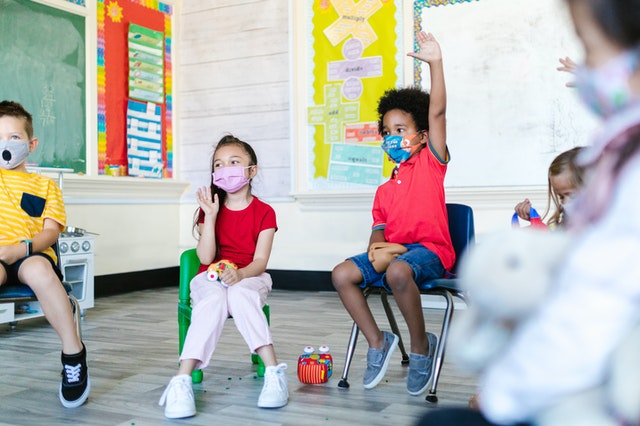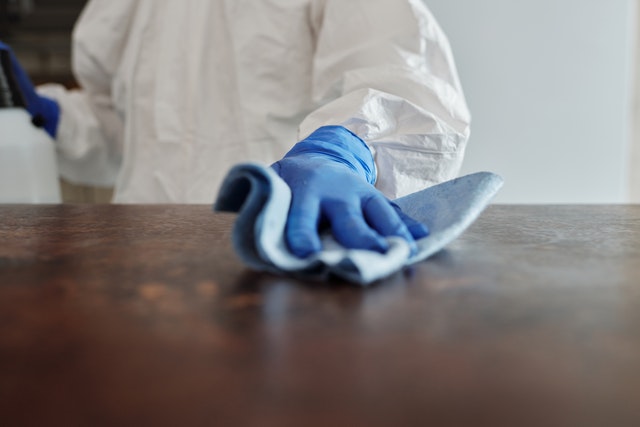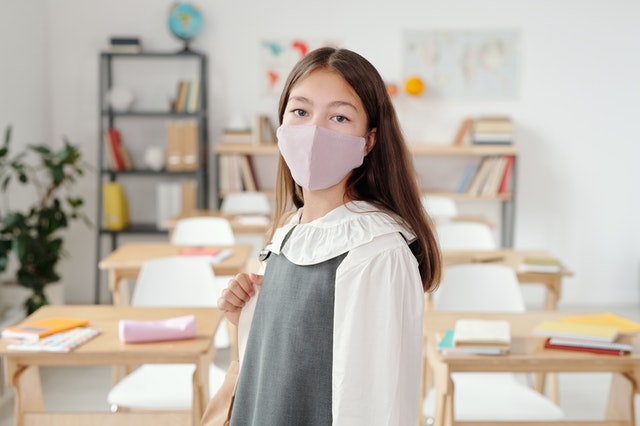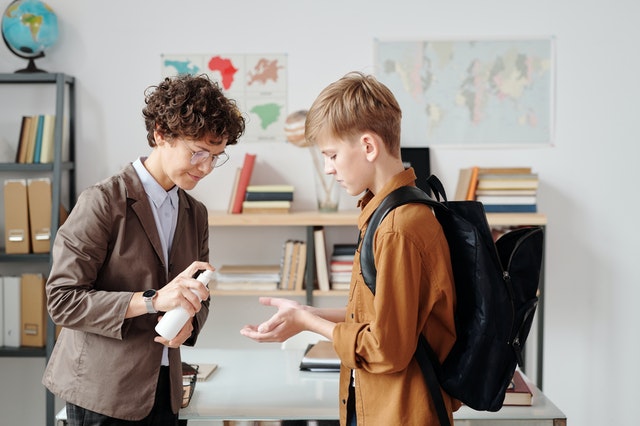Are you tired of breaking a sweat just thinking about the cleanliness of your gym?…
Back to School – Preparing Your Facility

Written by Guest Blogger Betty White
Many states and local governments had closed off schools in an attempt to counter the spread of Covid-19. Now that students are coming back to school, preparing your facility according to the highest hygienic standards is more important than ever. Hence, federal health officials have issued anit-Covid-19 guidelines on how school facilities should be cleaned and disinfected. These entail the use of appropriate cleaning liquids and chemicals, as well as secure protocols for curtailing possible virus threats. To help all staff members actualize them and protect students and faculty members, we will discuss all that you need to know about preparing your facilities for a new, virus-free school year.
The extended pause schools had to undergo is an excellent opportunity to engage in comprehensive summer maintenance and cleaning before the start of the school year. Congress also recognized the need to aid school facilities in this process. A program aimed at initiating and successfully implementing cleaning protocols has been devised, and $100 million were set aside for this project. This shows that facility cleaning is a number one priority for ensuring the safety of students and school staff nationwide.
How Should You Maintain Clean and Healthy Facilities?
There are a few main principles that can help you clean and maintain your facility.
Improve Ventilation
First of all, you will need to make some changes inside the school in order to improve air ventilation. Virus particles and germs can be airborne, so it is necessary to let in as much fresh air as possible. This will help circulate the air with virus particles out of the classrooms and other spaces.
The settings of your HVAC system should support ventilation. This means it is necessary to clean the filters more frequently so that the virus does not enter and disperse all over the facility. Place the exhaust fans in the restroom, kitchen and cafeteria area. Of course, aerate all rooms and leave windows open whenever possible.
However, it is not just the interior of the school that should be adapted to maximize ventilation. School buses are also potential places of contamination. Instruct the drivers to open windows routinely, before and after students spend time inside the bus.
Clean All Surfaces Regularly
Cleaning of all surfaces should be done routinely and with extreme care. The simple pre-pandemic cleaning of floors and desks it not enough to stop the spread of the Coronavirus. Hence, the cleaning staff should have clear instructions on how and how often they need to clean the facility.
So, high-touch surfaces such as doorknobs, keyboards, student lockers, playground and classroom equipment, sink handles, and all surfaces inside the toilets should be given special attention during the cleaning process. The cleaning should be done daily and in some cases even between uses or during recess.

Note that schools need to adhere to federally approved cleaning regulations that endorse the use of ecologically safe disinfectants. Avoid the use of unsafe chemicals as they can not only harm the environment but also exacerbate asthma. Certain chemicals weaken the children’s immune systems and make them more likely to contract the Coronavirus.
In fact, school committees are strongly advised to hire facility management services, which will take care of managing all cleaning tasks. They will also ensure the facility is cleaned according to the newly introduced cleaning standards. This way, schools will be able to prevent shortages of cleaning supplies and PPE (personal protective equipment) with the help of an Account Manager that will handle all communication with local service providers.
Modify the Interior of the Facility to Ensure Social Distancing
When preparing your facility, start by instructing all staff members and students to keep their distance at all times. Place posters and notices before the school year starts to fortify the verbal instructions. Teachers should actively encourage social distancing in the hallways and during class.
The Centers for Disease Control and Prevention (CDC) update on K-12 school regulations states that desks and chairs should be placed at a distance of at least 3 feet in elementary, middle and high schools.

The same applies to other school inventory in places where adults and children may come into prolonged contact. This may require you to remove excess items from classrooms and school lobbies and place them in a storage unit. By doing so, you enable the students and teachers to move freely and maintain the required distance. Commercial storage is a good solution for clutter and unnecessary inventory since you will be able to organize the layout in keeping with the 3 feet-apart protocol. Therefore, prepare the campus for the start of the semester by reducing the number of items inside the school.
Universal masking and disinfecting liquid should be easily accessible to all students and staff members in school lobbies and auditoriums. Note that official recommendations for social distancing are different from middle school and high school students in high areas of Covid-19 transmission. Namely, they have to maintain social distance of at least 6 feet rather than 3 feet.

Control the Use of Communal Spaces
Some shared spaces may have to be closed off for use if their surface area cannot comply with the abovementioned standards of social distancing. This applies to libraries, study rooms, school gyms, cafeterias, and other spaces where many people may enter at the same time. It is also necessary to prescribe the maximum number of people that can stay inside at any given time. In this case, cleaning and preparing your facility for use will have to be satisfactory if you assess that these spaces are to be used in the incoming school year.
